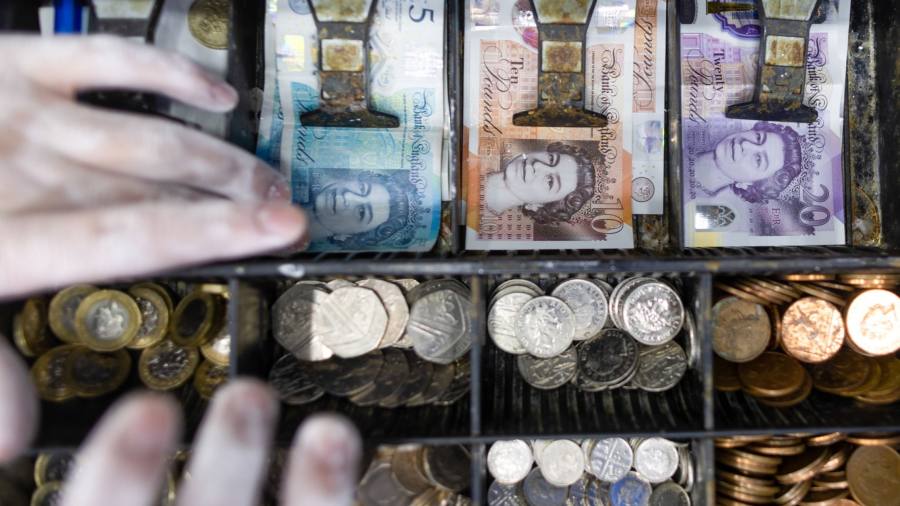Sterling has risen to its highest level against the US dollar in 10 months, helped by recent signs of resilience in the UK economy that have bolstered investor expectations of further rises in interest rates.
The pound climbed 0.8 per cent on Tuesday to $1.252, helped by a broad retreat for the dollar. It is now the best-performing developed market currency so far in 2023 after rallying 4.6 per cent against the dollar amid turmoil in the banking sector in Europe and the US and an unexpected jump in the annual rate of UK consumer price inflation from 10.1 per cent in January to 10.4 per cent in February.
Fears of a looming recession have also eased. Following the turmoil triggered by then-prime minister Liz Truss’s calamitous “mini” Budget last autumn, “the pound was probably the currency that was pricing in a greater deal of recessionary fears among its closest peers”, said Francesco Pesole, currency analyst at ING. The pound has strengthened “as those fears were gradually priced out”.
Sterling was also seen as a “more shielded currency” than the euro and the dollar to the recent banking shocks on either side of the Atlantic, Pesole said, with traders forecasting further rate increases from the Bank of England in the months ahead just as expectations of tighter monetary policy have been dialled back in Europe and the US.
The BoE increased interest rates by a quarter of a percentage point to 4.25 per cent in late March, with a further two 0.25 percentage point increases expected by September.
The collapse of California-based Silicon Valley Bank along with two other midsized US lenders has, at the same time, lowered some investors’ expectations for where US rates might peak, with a tightening of credit conditions expected to cool the economy in place of tighter monetary policy. Markets expect at most one further quarter-point rise from the Federal Reserve before it begins cutting rates later in the year.
The dollar index, which measures the currency against a basket of six peers, has declined 1.6 per cent since the start of the year. “Suddenly, the US looks like the weakest link, which is likely to have ongoing downward pressure on the elevated dollar,” said analysts at PineBridge Investments.
Goldman Sachs analysts last month said the “tide of idiosyncratic [sterling] weakness” had turned, with a return of relative political stability and improving growth forecasts on the back of lower natural gas prices ensuring the currency was no longer “the best” to short, or bet against. It was, however, “too early” to be long, the bank added.
Bank of America analysts were more upbeat, noting this week that April had historically been the most positive month for sterling over the past 15 years.
This month marks dividend payment season, BofA said, with multinational companies listed on the UK’s FTSE 100 index repatriating overseas earnings — and buying sterling — to pay out rewards to shareholders.
Read the full article here



